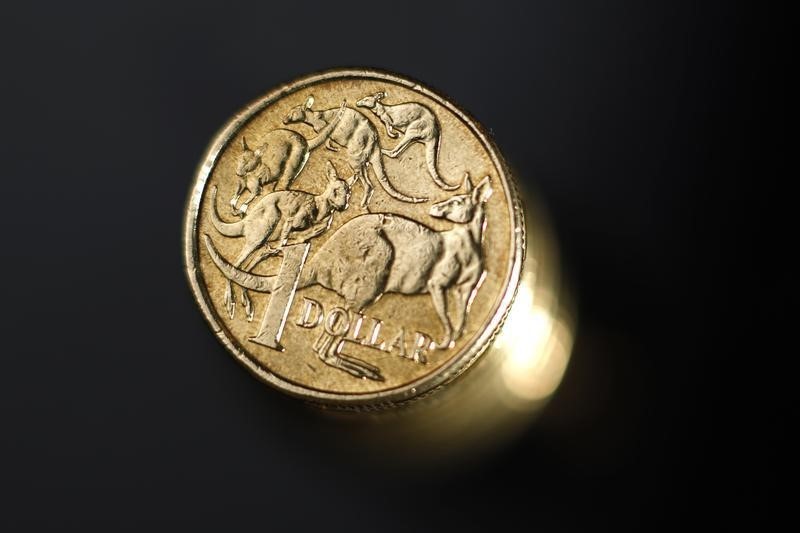TPI Composites files for Chapter 11 bankruptcy, plans delisting from Nasdaq
The U.S. dollar strengthened as market participants considered the impact of tariff concerns and geopolitical tensions on the currency’s trajectory, Reuters reported.
Meanwhile, the Australian dollar maintained its position near two-month highs following the Reserve Bank of Australia’s (RBA) decision to lower interest rates, signaling a cautious approach to future easing.
The RBA cut its cash rate by 25 basis points to 4.10%, marking its first reduction since the 2020 pandemic. Despite the cut, the Australian dollar exhibited stability, trading at $0.63599. The move by the RBA was deemed more of an "insurance" cut, aligning with global central bank trends rather than indicating the start of an aggressive easing cycle, according to Kerry Craig, a global market strategist at JPMorgan Asset Management.
Investors are also closely monitoring the ongoing U.S.-Russia talks in Riyadh, which aim to resolve the conflict in Ukraine. Although Ukraine is not participating in these discussions, it has stated that no peace agreement can be forged without its involvement.
The euro and sterling both experienced slight declines amid the focus on the peace talks, with the euro down 0.24% to $1.04575 and sterling easing 0.1% to $1.2611.
Attention is additionally directed towards the upcoming release of the Federal Reserve’s meeting minutes from January, which may offer insights into how policymakers are addressing the risks of a broader tariff war resulting from President Donald Trump’s trade policies.
Last week’s data revealed that U.S. consumer prices surged at the fastest rate in nearly 18 months in January, reinforcing the Federal Reserve’s stance on a cautious approach to rate cuts amidst economic concerns.
Strategists at ANZ have adjusted their expectations for rate cuts to resume in the second half of 2025, with 75 basis points of easing anticipated, while market pricing suggests only 40 basis points of cuts for this year.
The dollar index, measuring the currency against six major counterparts, rose 0.2% to 106.94 but remained close to the two-month low of 106.56 reached on Friday.
In other currency news, the yen weakened after recent gains, with strong growth data from Japan increasing the likelihood of the Bank of Japan raising interest rates again this year.
The yen was last trading at 151.9 to the dollar, down about 0.3%. Japan’s robust GDP data for October-December, coupled with recent inflation figures, have contributed to the yen’s 3.5% appreciation against the dollar in 2025.
This article was generated with the support of AI and reviewed by an editor. For more information see our T&C.
